One of the biggest questions in this year's State of Inbound report is what difference a multi-device able website makes to business performance. We’ve scanned the data and have come up with some practical answers for you.
The detailed report explores every area of inbound marketing, compares results with outbound marketing and makes data-fueled assumptions for the future. More than 3,500 marketers and sales professionals, from around the world and across a wide array of industries and professions participated in gathering the data for this report.
A key highlight of the report was on the performance of websites across different devices, and how this might affect a business’s performance. Specifically, we’re looking into how it affects lead growth and conversion, as 74% of participants from the study claimed their greatest concern to be “converting contacts/leads to customers”.
Before we jump into this, though, we have to provide some context as to what today’s customers are looking for. After all, you don’t create a website for yourself, but rather for your customers. It’s this data that should determine your websites requirements for each device to convert leads time and again, and how you can tailor your website to become successfully multi-device.
Understanding Content Formats
One of the big comments that arose from this year’s State of Inbound data-set, was that marketers aren’t creating the content that people actually want. What does this mean? It means that, in general, your website visitors are frustrated when presented with the opportunity of converting to a customer. Nobody wants that to be the case.
“Marketers and consumers disagree about content”, claims the 2016 report. So, what can marketers do to get more on board with their customers?
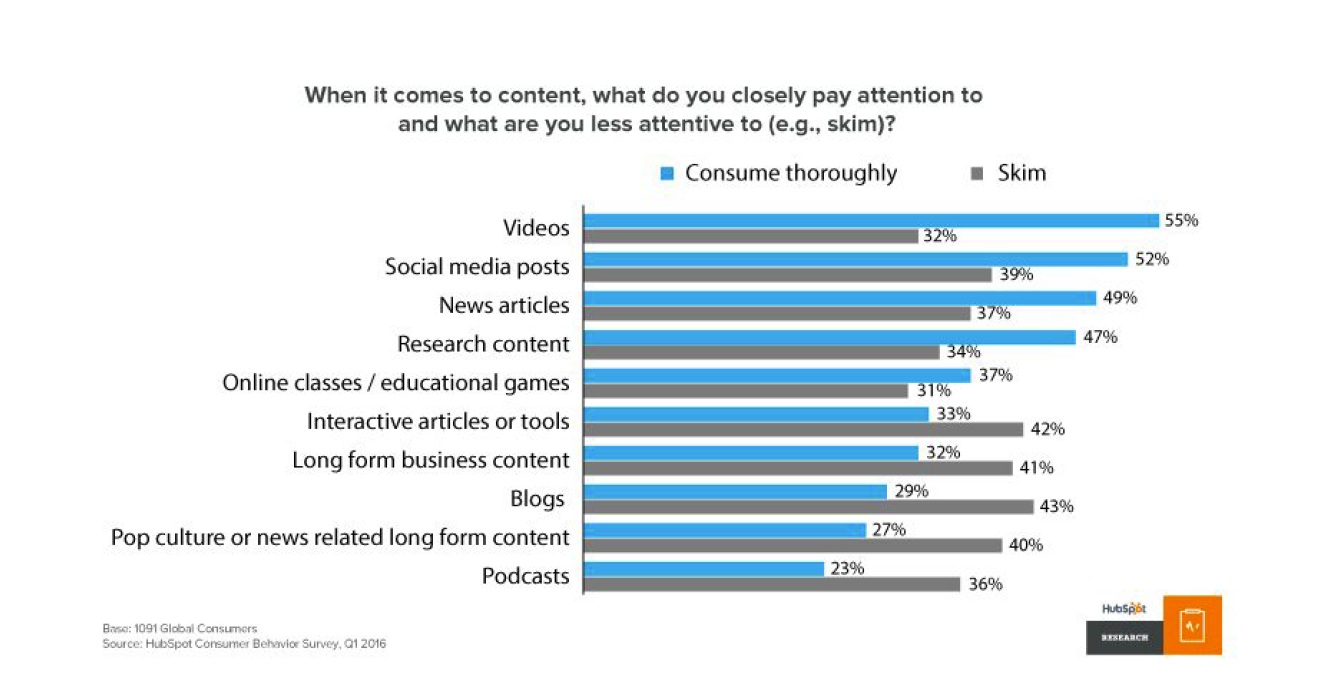
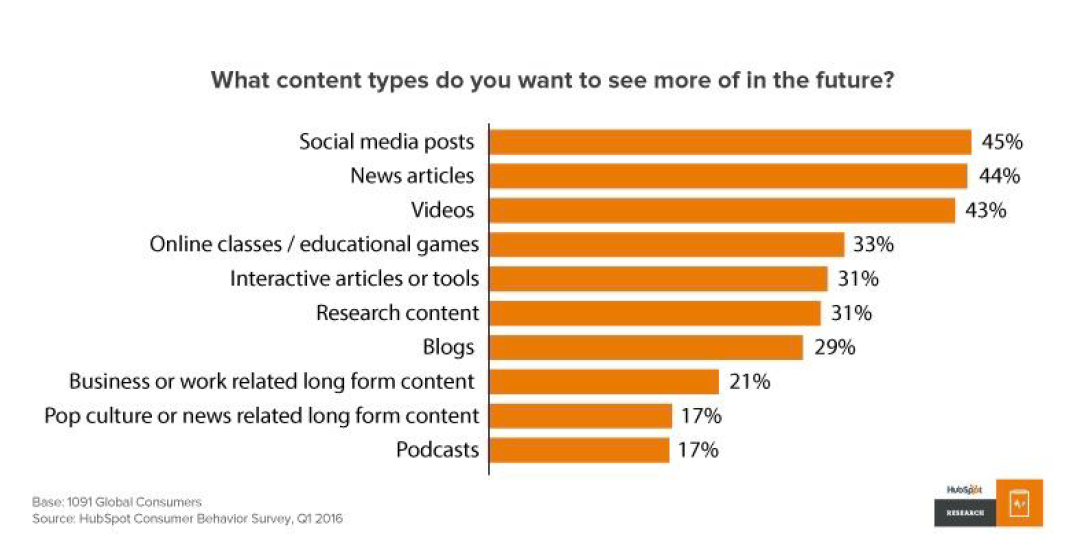
You can see by these graphs that people absorb videos, news articles, social media posts, and research articles at least 10% more than any other content format. Even better, they want social media posts, news articles, and videos 10% more than any other format.
Now, what are marketers prioritising above anything else? As marketers, we want to have contacts converted into leads, and leads converted into customers. According to 77% of us who participated in the State of Inbound report, that’s the main objective driving our strategies.
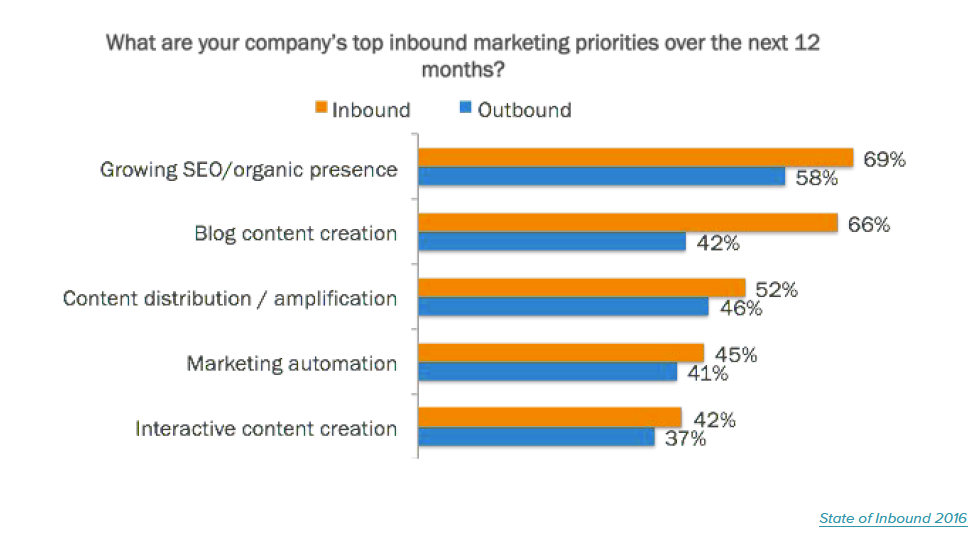
At the moment, we’re mostly trying to achieve this by earning contacts with a growing organic search presence and then nurturing these same contacts with blog posts. We’re off the mark!
How to Make Your Website Successfully Multi-Device
According the 2016 report, 56% of your site visitors predominantly use desktops/laptops while 33% are using smartphones (leaving a meagre 11% that love their tablets).
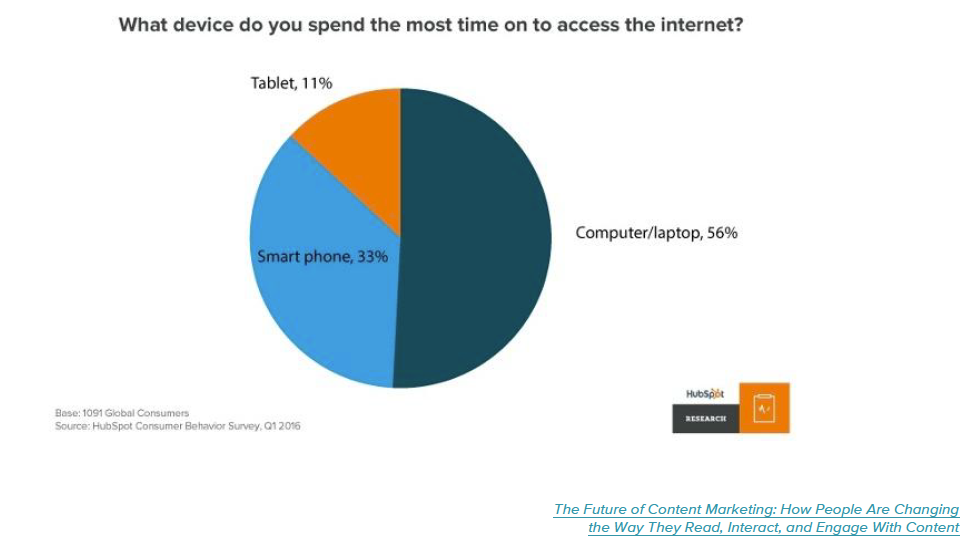
In this section, we’re going to be focusing on the desktop and mobile users (as they make up 89% of all online traffic), and understanding what it takes to convert these visitors to customers. Hence, making your website successfully multi-device with a responsive website design.
As we just explored, we’ve been trying to reach this audience with 1) an organic search presence, and 2) writing blog posts. But, from the 2016 data-set, it’s quite clear that our sites’ visitors want something else.
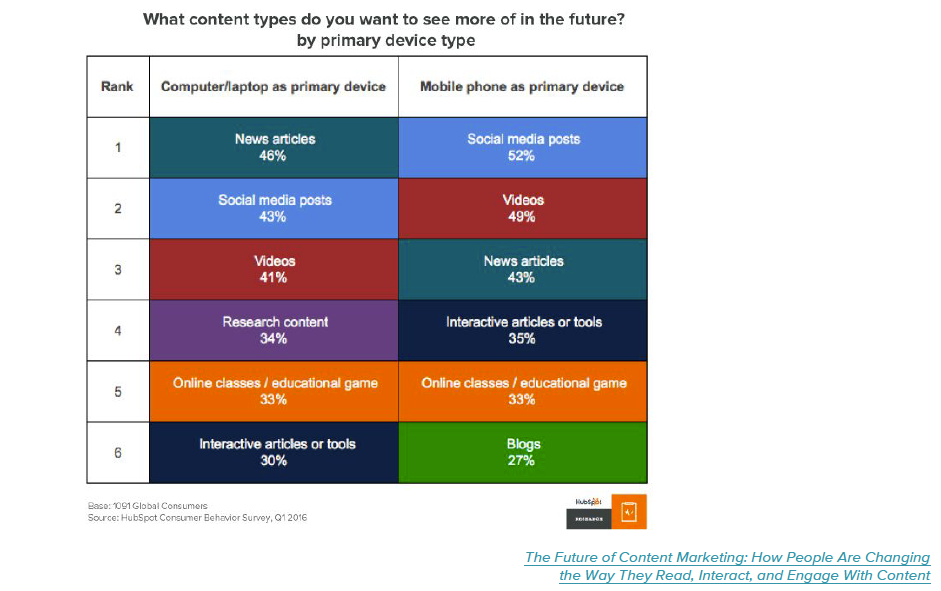
A modern marketers’ current content priorities aren’t aligning with the wants of potential customers. It’s all about news, social media, and videos, these days. Don’t try make it about anything else! Blogs don’t even rank as a want for visitors using desktops or laptops, and it’s only popular with 27% of your mobile audience. That just sounds inefficient. You want to be producing the right kind of content for each audience – the content that they want to consume.
The answer? Shocker! I’m not talking about responsive or Growth-Driven Design or SEO, instead I believe that the data makes it clear that: “Marketers should diversify format”. A successful multi-device website is not only within its responsiveness and SEO rank. It needs to be successful in its content too. That’s why businesses need to start investing in multimedia and innovating the way that they create content. If you’re dead set on writing blogs, then think how you can make it so that your blogs “easily digestible to reflect skimming habits”.
What’s the Consensus?
All I can say is that content is certainly king, which is why 81% of businesses who believe they have an effective marketing strategy primarily use inbound. The statistics speak for themselves, so why wait? Get busy creating the kind of content that your consumers want, and be one step closer to having a successfully multi-device website.

